|
By Susan Kleiman Nachusa Volunteer Shrubs and vines can sometimes be underappreciated, or worse, unknown. I will present a blog now and then on those species growing at Nachusa Grasslands. I am starting with five shrubs that we have good photos for, although we have identified at least 45 shrubs species and 20 vines (some woody and some herbaceous). By shrub I mean woody plants that attain less than 20 feet in height and often have multiple stems rising from the same roots. I will not include species that normally grow into trees, such as oaks (these and other trees can be shrub-like in form due to repeated fires causing them to re-sprout with multiple stems). I seek to understand the shrub component of Nachusa more fully. I do think from my reading and observation that many of the shrubs were historically present in our area in thickets or along waterways, not as single bushes dotting the prairie. I think we should carefully plant the seeds of shrubs in appropriate places. Some bird species, such as Bell’s vireo, yellow-breasted chat, willow and alder flycatchers, cedar waxwing, common yellowthroat, and indigo bunting, as well as others, particularly need shrub habitat. Shrubs are a major component of Nachusa’s grassland ecosystem in certain places. The Nature Conservancy calls our region the Prairie-Forest-Border Ecoregion. The State of Illinois calls our natural division the Rock River Hill Country-Oregon Section. Writing in the Geological Survey of Illinois in 1873, James Shaw said of Lee County, “The north-western part of the county, where Rock river cuts across the corner, is rough, hilly, and in places picturesque, especially in the vicinity of that stream. The hills and ravines in this locality are partially covered with dense underbrush and scattering timber.” In 1860 Dr. M. S. Bebb described the flora of Ogle County in a letter to a friend, which was also shared in a publication called Prairie Farmer. He says, “The rise at the border of the valley is usually covered with forest trees which have here found protection from the prairie fires, such as Quercus macrocarpa, Tilia Americana, &c with a variety of undershrubs and herbaceous plants, common everywhere in the woods of this latitude...” In the part about the groves he says, “Beneath we find an abundant growth of shrubs, principally Hazel (Corylus Americana) and Cornus paniculata*, the Hazel often extending out into the prairie for a mile or more, forming what is called a 'Hazel ruff'.” Mary Sackett wrote in her journal in May of 1842, “Sometimes our road lay across the prairie, sometimes through the thickets where the crabapples, choke cherries, strawberries and other fruits were in bloom, making the air very fragrant.” Some of our shrub species seem weedy and others difficult to grow, or even rare. This is likely due to the past disturbances such as plowing, over grazing, and over shading, or lack of disturbance by fire. * Cornus paniculata is now Cornus racemosa, gray dogwood. Ninebark Physocarpus opulifolius, Rose Family Rosaceae This is a gorgeous, widespread native shrub. I just saw some on the Olympic Peninsula. Its genus name Physocarpus is Greek, meaning “fruit like a pair of bellows.” The species name opulifolius is Latin, meaning “splendid foliage” or having the leaves of Viburnum opulus (referring to a European plant, Guelder rose). Luckily this species is hard to misidentify here at Nachusa Grasslands. Besides having good nectar for bees and butterflies, the large landing platform of the flower clusters is perfect for beetles, and the pollen is easily available to their chewing mouthparts. The clustering fruits have unique bladder coverings, and in fall the fruit and leaves can often be quite colorful. The common name of ninebark refers to the papery and shreddy bark of older branches. In open growing situations the shape of this shrub tends to rounded with weeping branches drooping to the ground. It is said it reaches a maximum height of ten feet, but I have not seen one taller than about seven feet here. At Nachusa we have a few ninebark here and there, often mixed with other shrub thickets and fence lines with such species as American plum and dogwood. It is said that it prefers stream edges, gravel bars, moist thickets, but it is also found in dry areas here. Many cultivars of this species have been developed by plant nurseries. Prairie Willow Salix humilis, Willow Family (Salicaceae) The genus Salix is Latin for willow, and humilis is also Latin, meaning low, humble, grounded, or from the humus (earth). I have not seen it taller than three feet here, and I can only think of five clumps outside of the one next to the Headquarters parking lot, so look out for this special bush, usually on dry remnant hills. Deer and rabbits will browse the twigs and leaves. The catkins and nectar are very important to a great many insects in the spring. Willow bark is the original aspirin, in use for at least 3500 years! Common Elderberry Sambucus canadensis, Moschatel Family (Adoxacea, formerly in Caprifolicaeae) Sambucus is Latin for elder-like, perhaps also derived from Greek sambuce, an ancient wind instrument, referring to the use of the stems to make whistles after removing the pith. Sometimes this shrub is called American elder. Elderwood in Europe was used to make a kind of harp called a sambuca. Canadensis refers to Canada, the country where this species finds its most northern distribution. This species extends all the way south to Bolivia. Elderberry forms colonies by root suckers and is most often found on our fence lines. The bark of the stems has distinctive, raised dots (lenticels) and leaf scars with connecting lines between the opposite compound leaves (not to be confused with ash species, Fraxinus). I have noticed that the cluster in my yard flowered most profusely the same year it had been burned, rather unlike many other shrubs we have, which can take several years post burn to flower. The flowers can be used to make a lemon-scented drink. But the berries are the best known part of the plant, used in wines, jams, jellies, and pie fillings. The flowers attract a small variety of insects. Leaves and twigs are browsed by deer, and the fruit is eaten by all kinds of birds and other animals. Unripe fruit, leaves, and stems are toxic to humans. Cooking the ripe fruit destroys the alkaloids. Smooth Sumac Rhus glabra, Cashew family (Anacardiaceae) This family of plants produces urushiol, an irritant, and includes poison ivy, mango, and cashews. Smooth sumac does not seem to irritate. Rhus is the classic Latin name for this genus, while glabra is Latin for smooth. This is Nachusa Grasslands’ only extant Rhus, as far as I know. We have, however, planted fragrant sumac (Rhus aromatic) in some areas. Smooth sumac is claimed to be the only native shrub found in each of the lower 48 states. Smooth sumac tends to grow in large clones that can sometimes shade out other species. Our fires often keep it shorter and sparse enough to allow prairie under the stems. In some places stewards have tried to reduce sumac stems through basal bark treatment. Individual shrubs are either male or female. The flowers, pollinated primarily by bees, also attract a number of beetles and bugs. It seems that the leaf beetle, Blepharida rhois, is the only insect that can eat the leaves which contain strong tannins, phytols, and compounds related to gallic acids. The beetle larva puts its concentrated feces on its back to deter predators. At Nachusa, smooth sumac is the last shrub to leaf out in the spring and one of the first to lose chlorophyll in the fall, usually turning a brilliant red. The bright red fruits have a lovely lemon taste and tartness. They can be eaten and used to make a refreshing drink, and in fact have been for thousands of years. Many animals eat the fruit as well, and various natural dyes have been made from all parts of the shrub for coloring cloth and plant fibers. Wafer Ash or Common Hop Tree Ptelea trifoliate, Citrus family (Rutaceae) Ptelea is Greek for elm, alluding to the winged fruits similar in appearance to elm seeds. Trifoliate is Latin referring to the three leaflets of each leaf. It is neither an ash nor a hop, although the strong odor of the plant is similar to, but not as nice as, the beer-making hops. The fruits were tried as a hop substitute to no lasting effect. The pale greenish-white flowers attract bees in the spring. The wind-carried seeds turn brown in the fall and persist into winter. Each wafer actually has two seeds, unlike the wafers of elms. This species, along with one other at Nachusa, prickly ash (wait for my next blog), are the only hosts on the preserve to the larva of the giant swallowtail butterfly, Papilio cresphontes. This shrub is quite common here, tending towards weediness, in my opinion, as it pops up all over the prairie. It is usually no more than eight feet tall with multi-stems. I have occasionally seen them here or off site as tree size, six to eight inches in diameter and 20-30 feet tall. This is in situations without frequent fire. Sources: Hyam, Roger and Richard Pankhurst. Plants and Their Names: A Concise Dictionary. New York: Oxford University Press Inc, 1995. Kurz, Don. Shrubs and Woody Vines of Missouri. Jefferson City, MO: Conservation Commission of the State of Missouri, 1997. Petrides, George A. A Field Guide to Trees and Shrubs. New York: Houghton Mifflin Company, 1986. White, John. Rock River Area Assessment, Volume 2. Springfield, IL: State of Illinois, 1996. Wilhelm, Gerould and Laura Rericha. Flora of the Chicago Region: A Floristic and Ecological Synthesis. Indianapolis: The Indiana Academy of Science, 2017. Useful website: https://www.illinoiswildflowers.info/trees/tree_index.htm If you would like to play a part in habitat restoration for native shrubs at Nachusa Grasslands, consider joining our Thursday or Saturday Workdays, or give a donation to the Friends of Nachusa Grasslands. Donations to Friends can be designated to support the ongoing stewardship at Nachusa.
4 Comments
Charles Larry
9/12/2020 07:08:54 am
Very interesting and informative article, Susan! I've seen some of these and will keep a look out now for the others. Beautiful photos, Dee!
Reply
James McGee
9/14/2020 04:36:45 pm
I knew Susan was one of the friendliest people I have ever met. However, I had no idea she had such a distinguished resume. Way to go Susan.
Reply
Bill
9/15/2020 01:32:00 am
Is Wafer Ash invasive? Assuming native. It's been very difficult to kill in my prairie.
Reply
Susan Kleiman
9/16/2020 08:52:57 am
Yes, wafer ash is native, but definitely tends to weedy here.
Reply
Your comment will be posted after it is approved.
Leave a Reply. |
Blog CoordinatorDee Hudson
I am a nature photographer, a freelance graphic designer, and steward at Nachusa's Thelma Carpenter Prairie. I have taken photos for Nachusa since 2012. EditorJames Higby
I have been a high school French teacher, registered piano technician, and librarian. In retirement I am a volunteer historian at Lee County Historical and Genealogical Society. Categories
All
Archives
January 2024
|
CONNECT WITH US |
|
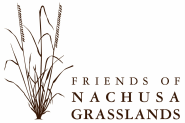
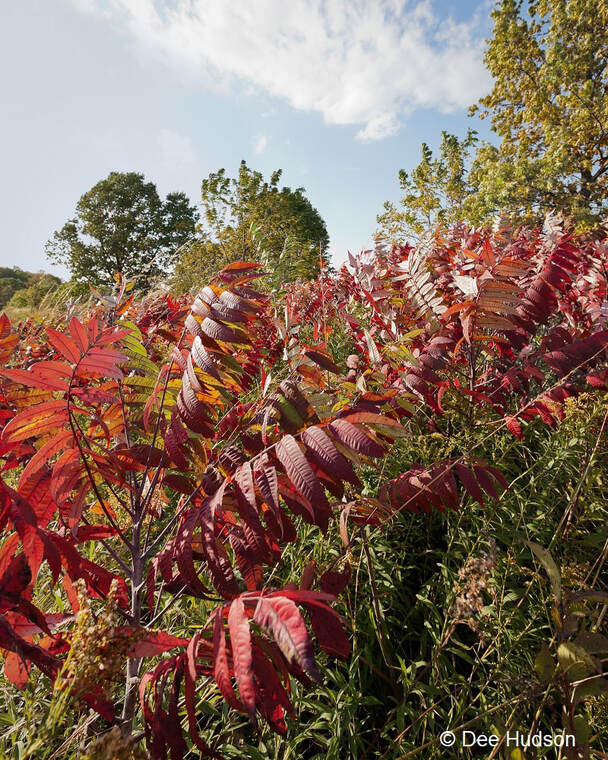
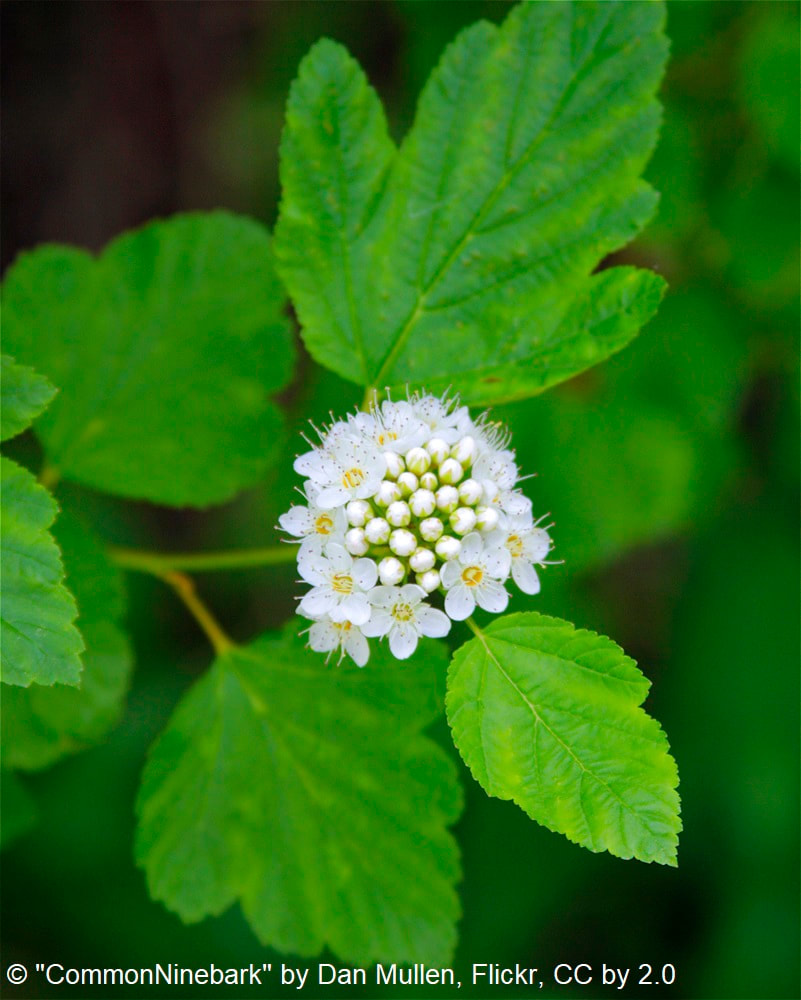
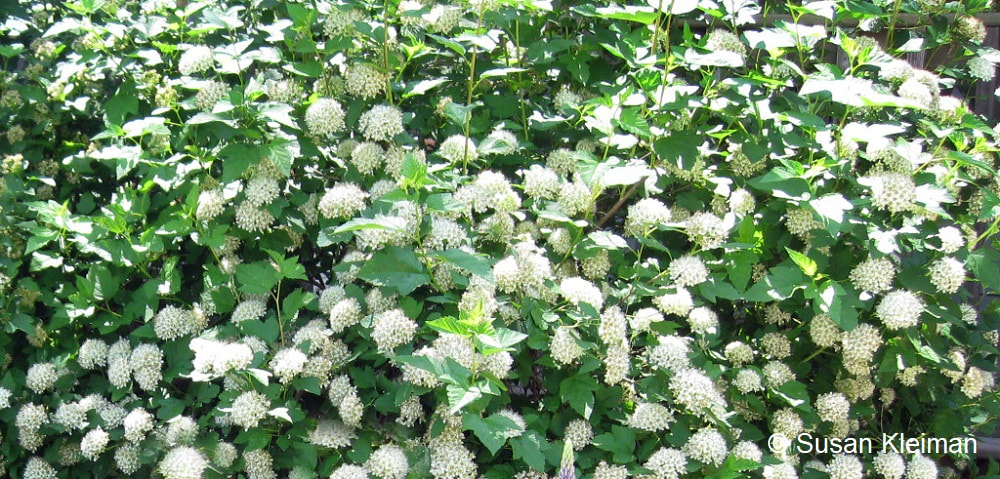
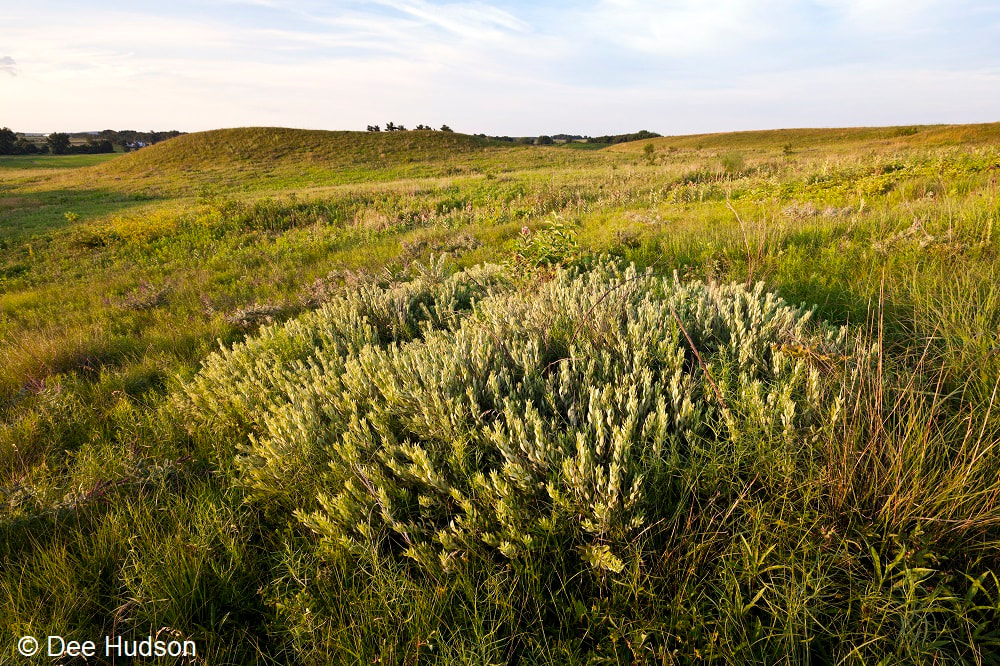
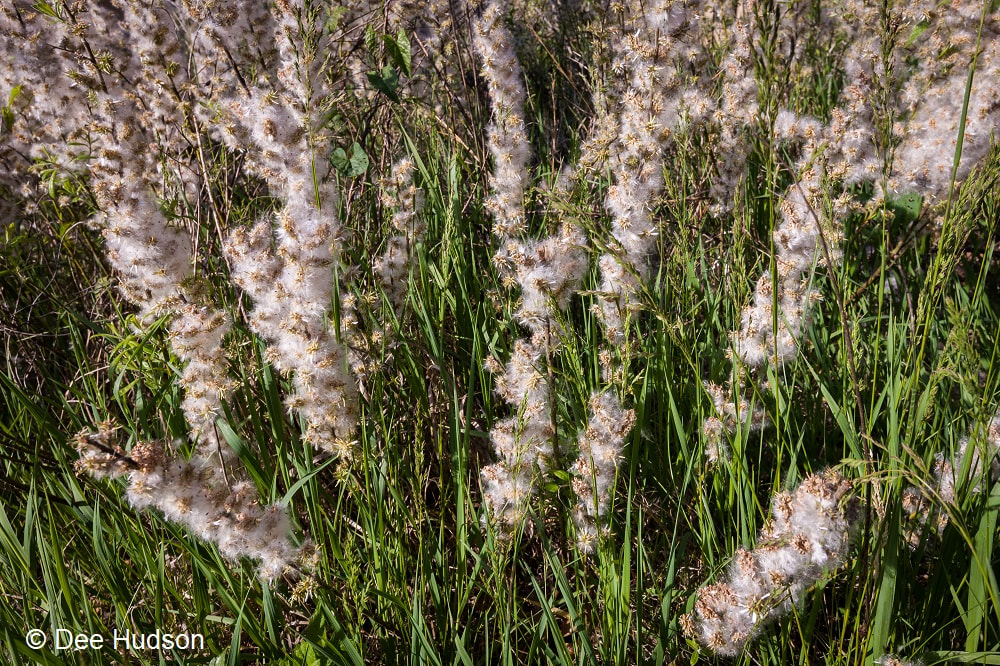
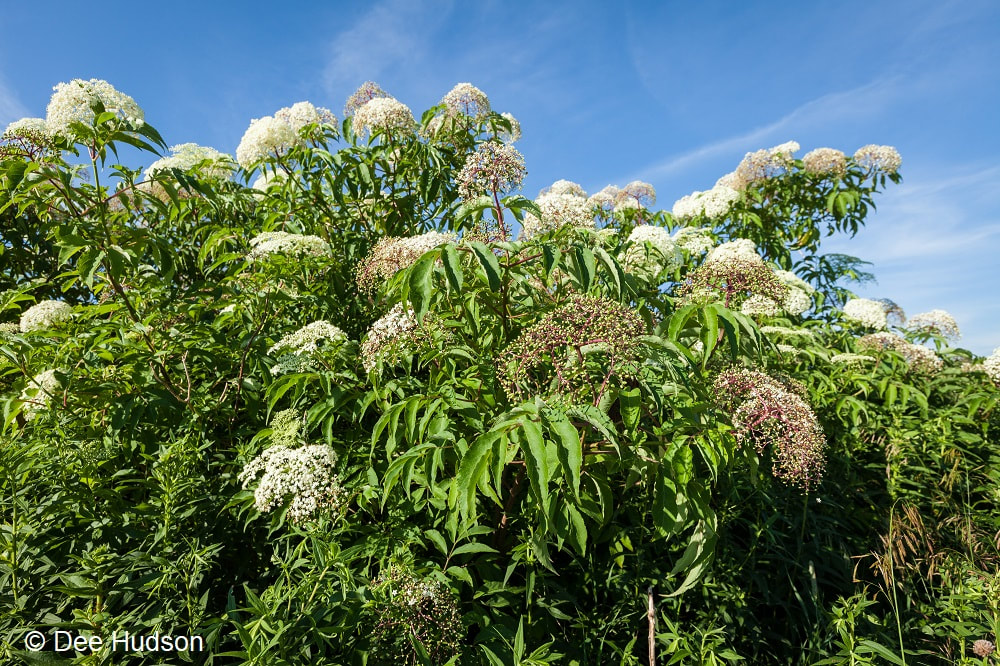
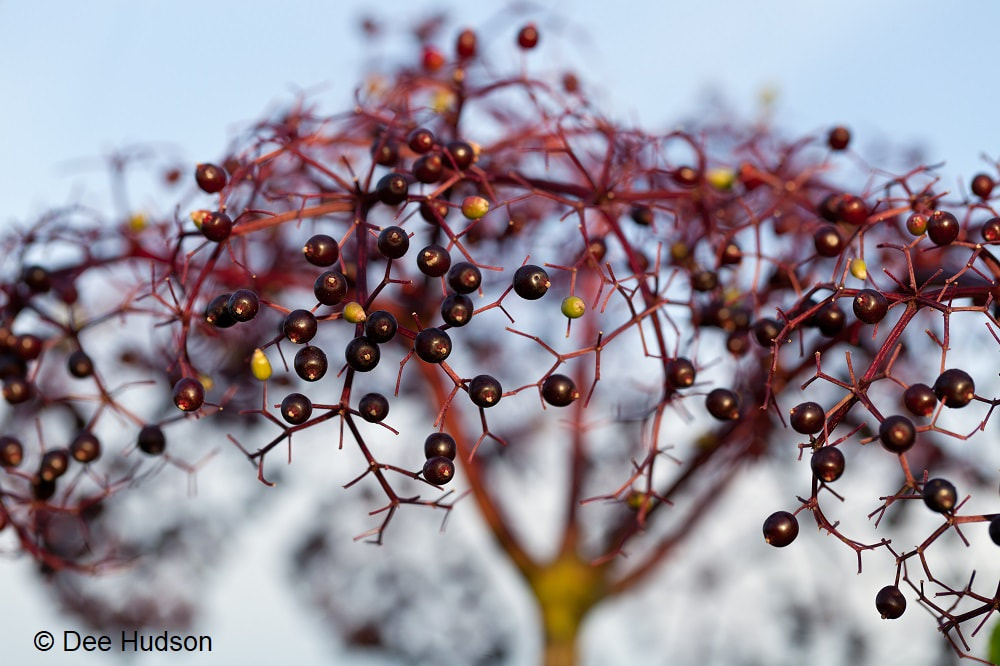
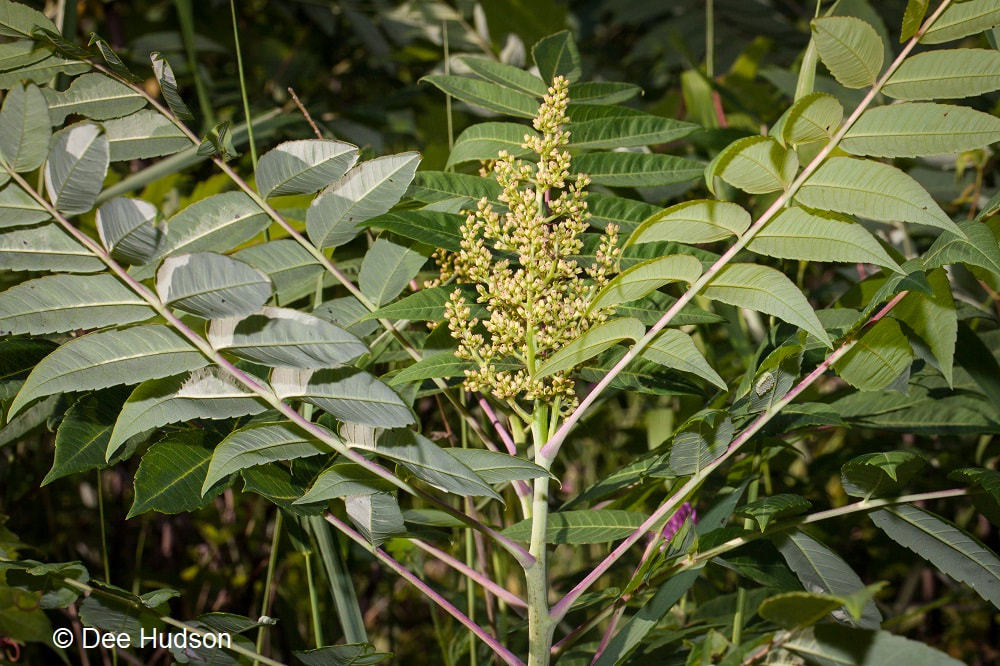
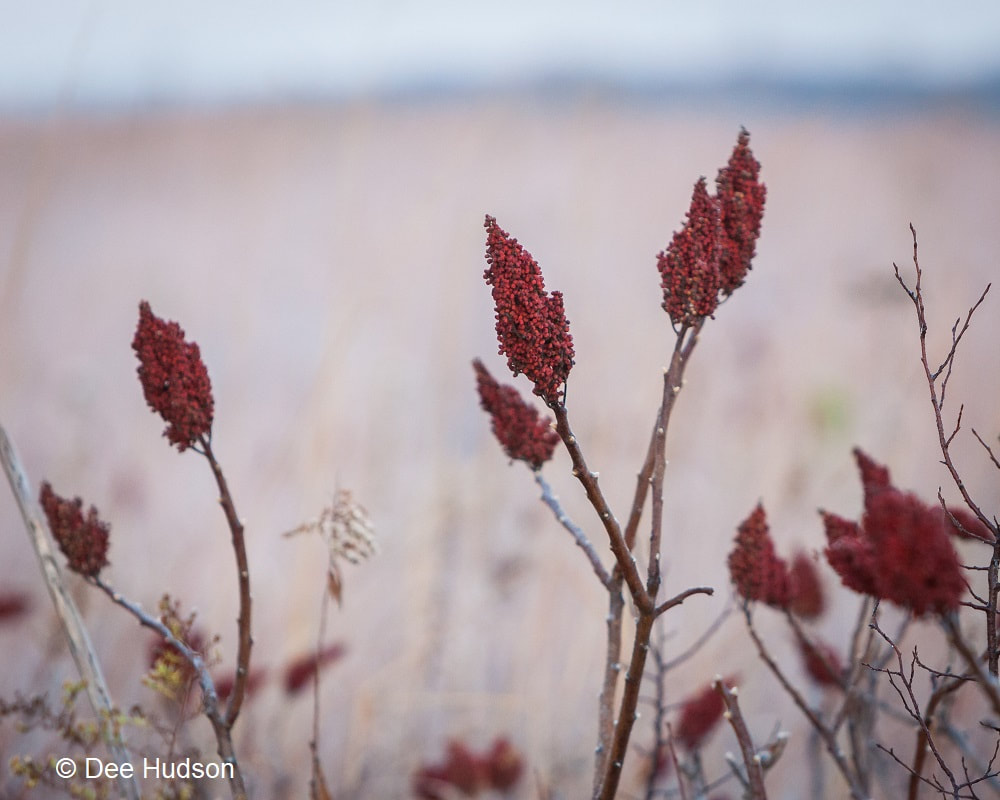
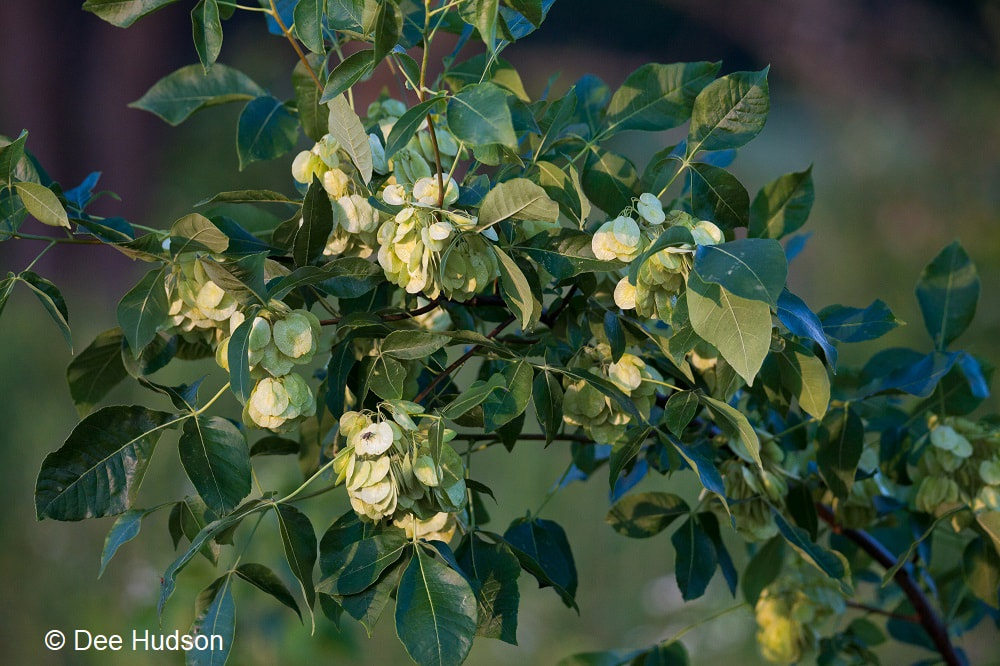
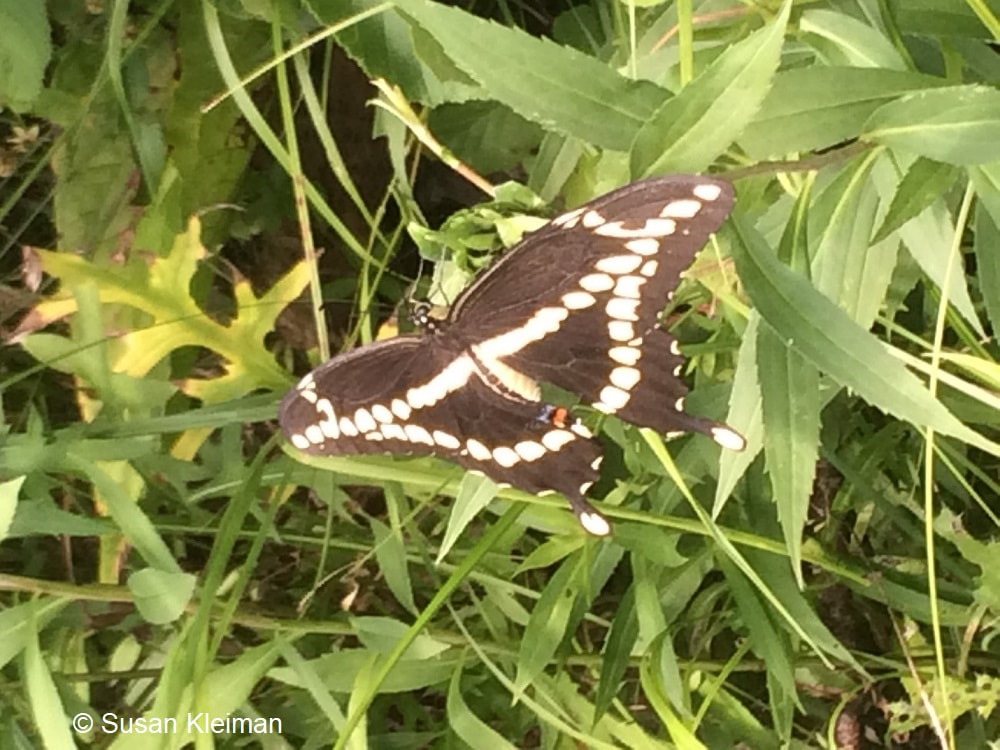
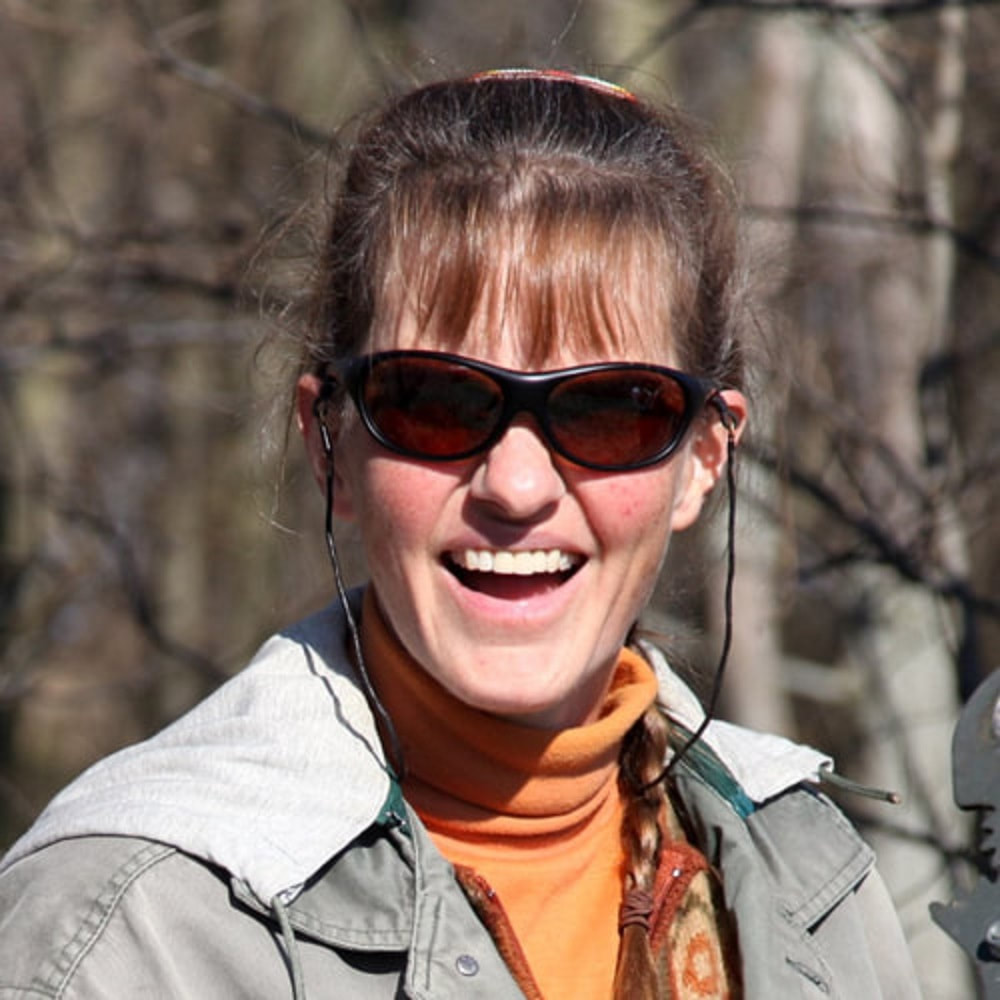
 RSS Feed
RSS Feed